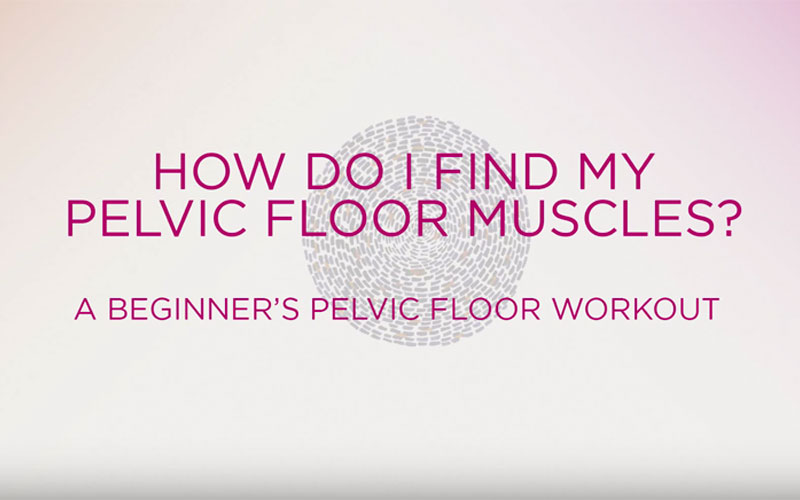Pelvic Floor Control
Do you know where your pelvic floor is? Finding the pelvic floor is the first step in controlling pelvic floor muscles, which leads to preventing stress incontinence. The pelvic floor is not an external muscle so it’s not simple to identify it. Often, women trying to improve their pelvic floor control are not sure if they’re doing pelvic floor exercises (kegels) correctly. This is so common that many products have been created to help measure muscle contraction. A physiotherapist or pelvic health specialist can help identify pelvic muscles and ensure that you’re exercising the muscles correctly.
If you’re not ready to work with a pelvic health specialist or try one of the feedback devices, you can still try to engage your pelvic muscles to prevent potential leaks. We found an educational video from the Royal Women’s Hospital in Victoria, Australia (below) that helps identify the muscles we need to work on. According to Dr. Margaret Sherburn, the pelvic muscles are layers. One layer is circular muscles that surround passages at front and back (urethra, anus). By contracting these muscles, you should be able to squeeze the pelvic openings. The other layer is the pelvic floor. Controlling this muscle would feel like a pulling up and away from the chair while in sitting position. Some physiotherapists describe it like you’re pulling up a drain stopper from your vagina up through the top of your head.
Because finding the pelvic muscles is complicated, and controlling them is even more complicated, describing what NOT to do may be as useful as describing what to DO. If you’re trying to activate your pelvic muscles but you’re feeling a clenching or squeezing in the glutes or buttocks, you’re not isolating the correct muscles. If you find yourself clenching your jaw or shoulders, you’re probably not activating the right muscles. The goal is to isolate the pelvic muscles so that they can be exercised to improve strength and control. In the video Dr. Sherburn offers excellent information about the entire pelvis and how to control those important pelvic muscles.






